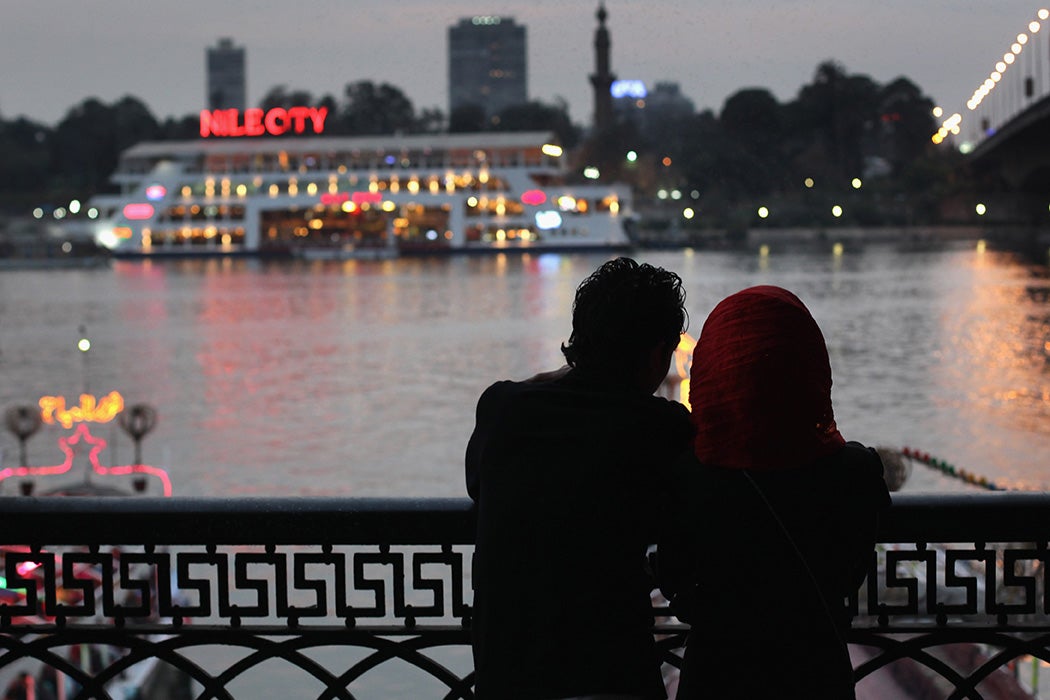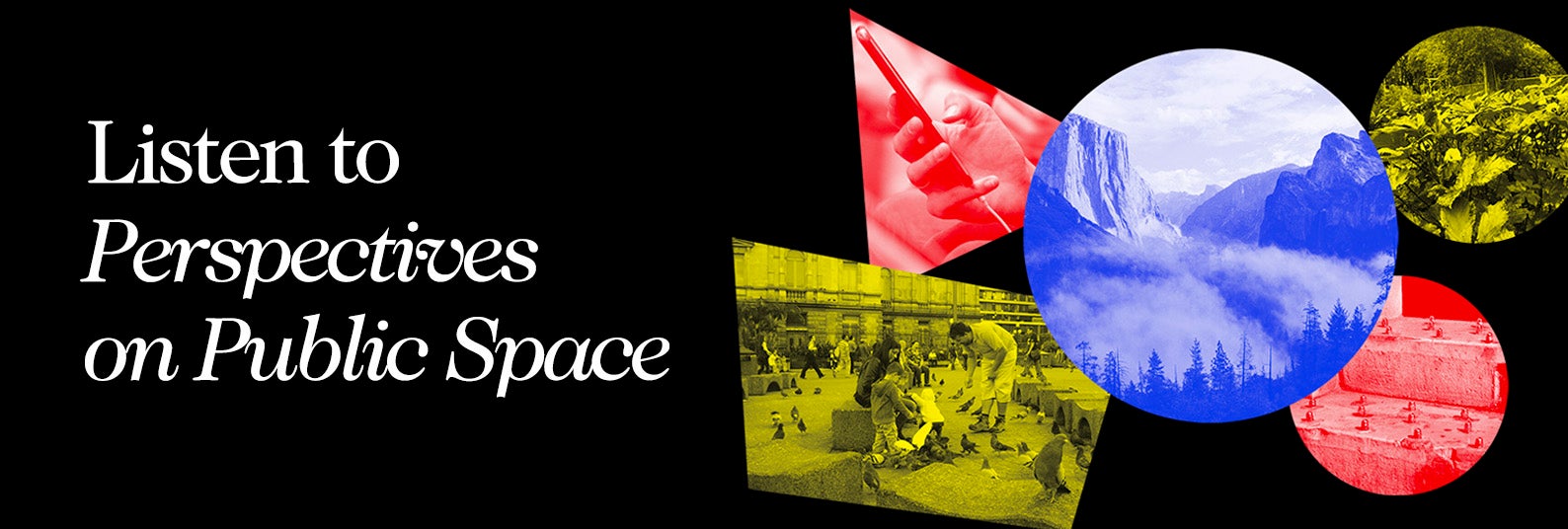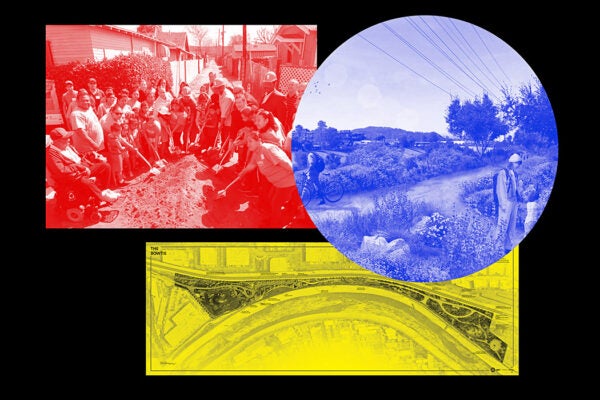In the twentieth and twenty-first centuries, Valentine’s Day has expanded into a global holiday of romance and consumerism. In Egypt, as anthropologist Aymon Kreil found doing fieldwork between 2008 and 2010, celebrations of the holiday raise questions about the nature of modern love.
While Egypt has a long history of poetry celebrating love, Kreil writes, the nineteenth century brought a new concept of what it meant to be a romantic couple. Intellectual reformers called for a shift toward companionate marriage and nuclear family structures. This went along with urbanization and an increasing focus on education. Following the nation’s 1952 revolution, the dominant ideology supported egalitarian, love-based marriage.
However, Egypt’s first “holiday of love” was initially not about romance. In 1978, journalist Mustafa Amin proposed using November 4 as a celebration of love for God, the nation, and fellow people. Today, it has become a more romantic event, but it’s overshadowed by the February 14 “international holiday of love,” which gradually became popular starting around 2000.
Egyptian Valentine’s Day was shaped by American movies and other media from outside the country and by the growing trade between Egypt and China, which helps Egyptians of all classes and ages afford inexpensive gifts. The holiday shares many features with the American version, including romantic dinners, men giving gifts to their girlfriends, and a heavy emphasis on the color red.
Egyptians most often view the holiday as a celebration for young, unmarried couples. However, not everyone sees that as acceptable; some object to its consumerism or because it’s viewed as a Christian or foreign holiday. A message Kreil saw frequently shared on Facebook read, “Sorry Valentine’s Day, I am Muslim.”
For some, opposing the holiday is also a way to elevate the quiet, tender feelings of a stable marriage above the romantic obsession with “impossible love” portrayed in American, Indian, and Turkish media popular in Egypt.
Weekly Newsletter
Realistically, Kreil writes, most romantic relationships don’t fit the “impossible love” ideal of disregarding family wishes and concerns about status discrepancies in favor of passion. They tend to fall somewhere between that and the “traditional” arranged marriage. For one thing, weddings and setting up a new household are expensive propositions, requiring support from a couple’s family.
For those who do celebrate the holiday, it’s an opportunity to at least temporarily enjoy a cosmopolitan experience of romance in which status and financial concerns are no obstacle. Kreil writes that it’s no coincidence that many Valentine’s Day gifts bear words in English.
“With its celebration of romantic love, Valentine’s Day is a possible aspirational track for class mobility,” he writes.







